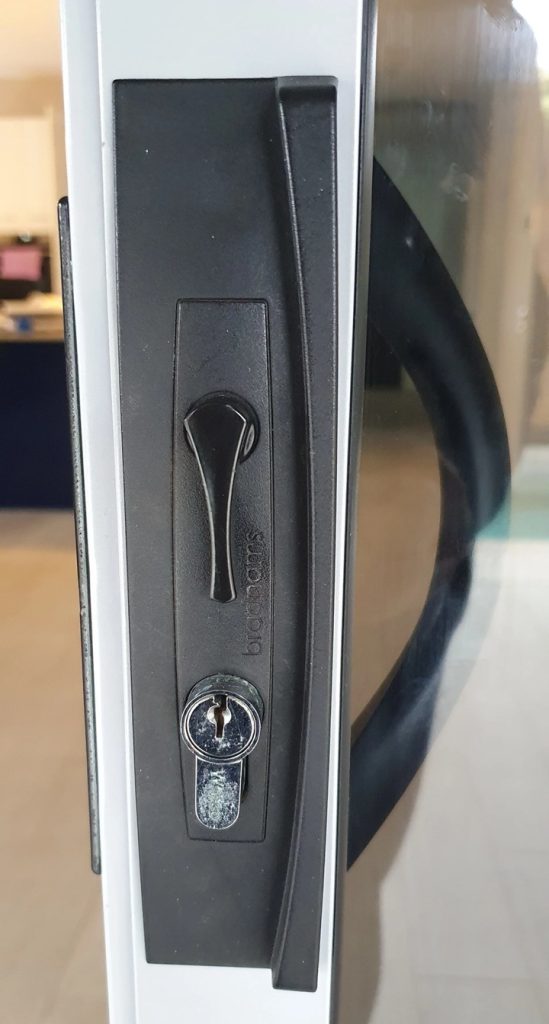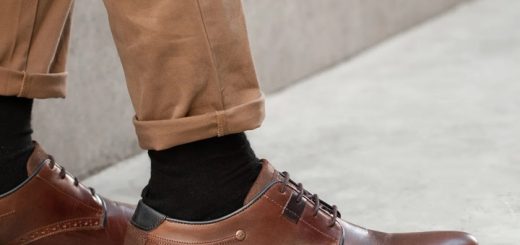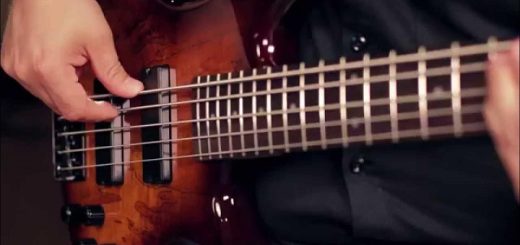A Comprehensive Guide to Door Locks
Minor household details like wall switches, curtains and door locks often go unnoticed until they’re damaged, disfigured or make simple tasks impossible. Locks in this trio are the most overlooked. Together with handles, they’re the basic components that add privacy, ensure security and prevent theft of valuables. They can also be confusing due to the myriad of different types for different doors.
Since these pieces of hardware are used multiple times a day to limit or allow access to your personal space, they need regular maintenance. Locks and handles that are difficult to operate, or are showing visible signs of wear will need timely replacements. Most homebuyers opt to change the whole locking mechanism in jammed or faulty units, but can also have them serviced by certified locksmiths with the appropriate door lock parts.
The Basics

Home security starts with understanding basic door lock components and how they work. Whether you’re upgrading, renovating or requiring increased security, general knowledge of the different parts helps. Apart from the handle or knob that attach to the lock mechanism, each consists of common parts:
- Cylinder: The main part of the locking mechanism, where the key is inserted. When locked, the cylinder engages a series of springs and pins to prevent it from turning. Inserting the right key disengages the pins to unlock the door.
- Plug: This is the part of the cylinder that rotates when a key is inserted. It houses the keyway and interacts with the pins.
- Pins: Key pins accommodate the key design, while driver pins are activated by springs.
- Springs: These are the coils that position the pins for locking and unlocking.
- Strike plate: The metal plate that attaches to the door frame helps guide the cylinder bolt into the frame holes and adds strength to prevent forced entry.
- Latch: The bolt that extends into the strike plate and the door frame. Latches come in two basic designs — spring bolts and deadlocks. Spring bolts are held in place by a spring clip which is compressed when the door is unlocked, and snaps back when it is locked. Deadlocks offer more security but lose the latching quality. Eliminating the need for springs, they activate the locking mechanism with keys or the door knob that push the deadbolt into the frame.
Additional Parts
Consider the additional parts that make up the rest of the locking mechanism or add structural strength such as faceplates, keyholes, backplates, spindles and lock housing. Faceplates are the metal plates at the door edge that guide the latches or bolts into the strike plate. They also prevent damage.
Keyholes are the openings in the lock or handle where a matching key is inserted. Backplates are the supporting hardware pieces behind handles and knobs. They come in a range of styles to suit different doors or overall household looks. Spindles operate the latching mechanism and connect both handles or knobs. The housing is the casing that contains the internal parts and ensures they remain intact.
Common Types
Although they feature common parts, there are subtle differences between each door lock type. Deadlocks, mortise locks, knob and lever handle locks, sliding door and rim locks are more widespread. Advanced technology has also increased security and convenience with electronic and smart locks, especially in new homes and commercial or industrial settings.
Deadlocks
Single-bolt cylinder deadlocks are common in homes. They operate via keys or when using knob thumb turns — knobs or levers that lock and unlock doors without keys. Newer versions with heightened security are double-cylinder deadlocks with keys at both ends.
Mortise Locks
These are mainly used in older residential external and internal doors. They fit into a pocket in the edge and have recognisable forfends or faceplates. Multiple levers in varying mortise designs offer more strength and security, especially against tampering.
Knob and Lever Handle
Locks are built into the doorknob, usually in interior applications, and use deadbolts. Lever handle locks offer easier functionality in commercial and industrial settings such as schools, offices and hospitals.
Rim Locks
These can be found in older houses and buildings, or newer builds featuring a traditional style. They’re installed in the edge and have bolts protruding into the casing or frame.
Smart and Electronic Keypad
Electronic locks vary vastly from their traditional counterparts as they rely on magnets and electric motors for locking and unlocking. They’ve been used in commercial and industrial buildings for quite a while, and are now trickling down to residential use. They operate in different ways, either by entering a keypad combination, using key fobs, or access cards or with biometric data such as fingerprints.
Smart locks are similar but can be controlled remotely with apps and mobile devices. They can additionally be used to limit access through certain doors or at certain times, and are often part of a more complex security system. Both smart and electronic types are newer trends in lock functionality, aesthetics and feature sets, steadily replacing traditional setups in home rebuilds and renovations.







